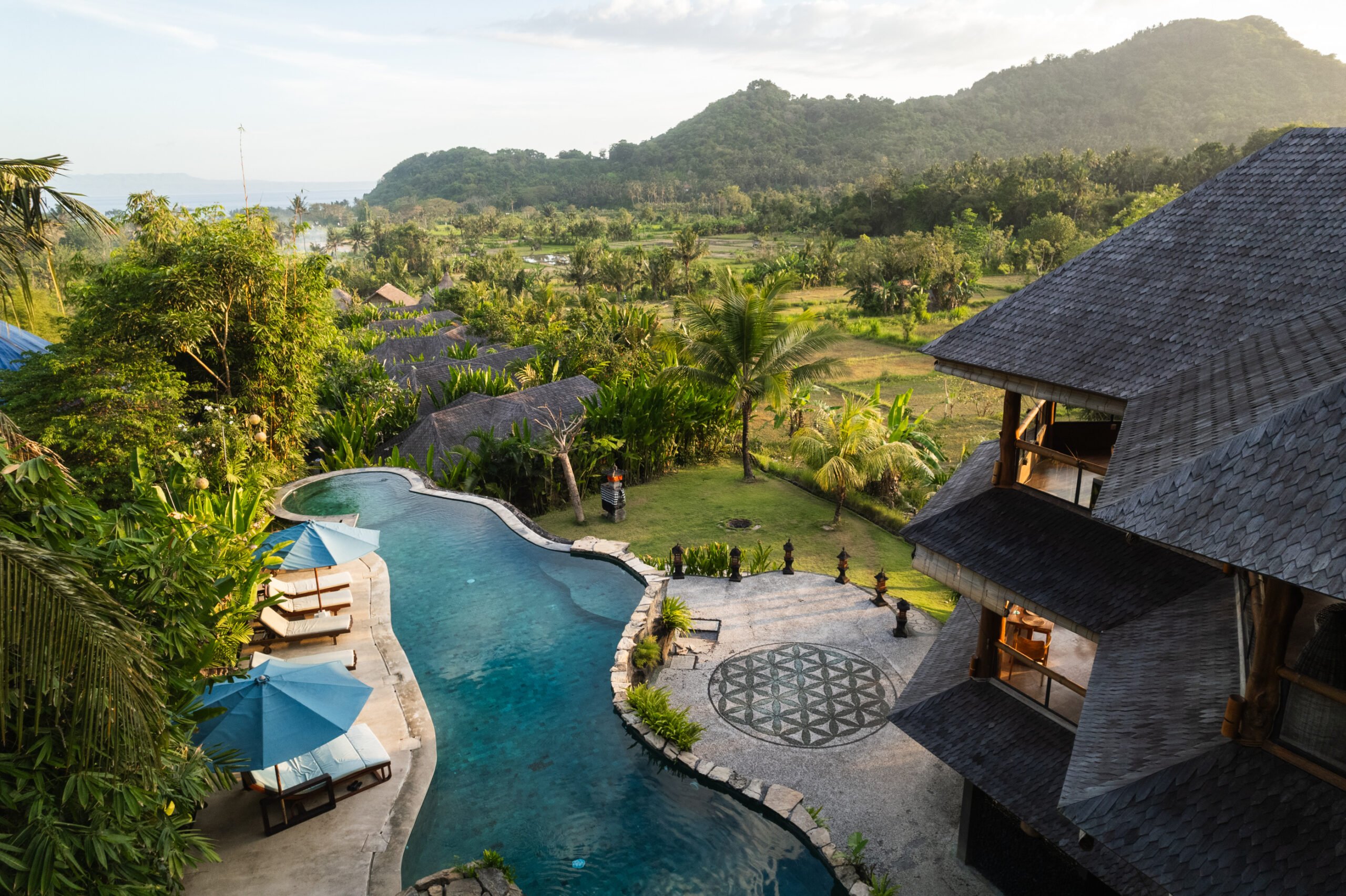Bali’s villa market is booming—and it’s not just a local affair. The Island of the Gods has become a magnet for global investors, digital nomads, and lifestyle seekers. But who exactly is buying villas in Bali? In this article, we break down the key demographics, nationalities, motivations, and market trends driving villa purchases across Bali in 2025.
Buyer Breakdown by Nationality
In 2024–2025, buyer demographics are evolving, with notable increases from countries seeking tropical escapes, passive income opportunities, and even residency perks. This breakdown by nationality reveals which countries are leading the charge in acquiring villas in Bali—and what that says about global interest in tropical, high-yield real estate investments.
| Nationality | % of Buyers | Primary Areas of Interest |
|---|---|---|
| Australians | 29% | Canggu, Seminyak, Uluwatu |
| Indonesians (Jakarta) | 21% | Ubud, Jimbaran, Tabanan |
| Americans | 15% | Ubud, Canggu, Pererenan |
| Europeans (French, German, Dutch) | 20% | Ubud, North Bali, Lovina |
| South Koreans & Chinese | 8% | Nusa Dua, Uluwatu, Sanur |
| Others (Singapore, Malaysia, etc.) | 7% | Mixed |
Key Buyer Profiles
| Buyer Type | Budget Range | Main Locations | Key Motivation |
|---|---|---|---|
| Investors | $150K–$400K | Canggu, Pererenan | Rental yield, appreciation |
| Tourists/Expats | $250K–$600K | Ubud, Sanur, Jimbaran | Second home, retirement |
| Digital Nomads | $120K–$350K | Canggu, Ubud | Live/work base, travel hub |
| Luxury Buyers | $700K–$5M+ | Uluwatu, Nyanyi | Privacy, prestige, resort dev |
Individual Investors and Small-Scale Buyers
This group makes up the largest percentage of foreign villa buyers.
- Who they are: Solo investors, couples, or small business owners, often from Australia, Europe, or the U.S.
- Budget range: $150,000 to $400,000 USD
- Ownership type: Leasehold or PT PMA setup
- Goals:
- Generate passive income from short-term rentals (Airbnb, Booking)
- Own a vacation home that pays for itself
- Hedge against inflation with offshore assets
Fun Fact: More than 60% of villas under $500,000 in Canggu and Pererenan are purchased by individual investors aiming for Airbnb-style rental yield.
Tourists and Expatriates
Many fall in love with Bali during their holiday—and stay longer than planned.
- Who they are: Repeat travelers, retirees, or expats from Jakarta looking for second homes
- Budget range: $250,000 to $600,000 USD
- Ownership type: Long-term leasehold
- Goals:
- Have a permanent or seasonal retreat
- Relocate after retirement
- Own a family-friendly villa for vacations
Digital Nomads
Bali is a global remote work capital—and they’re buying, not just renting.
- Who they are: Entrepreneurs, tech professionals, freelancers, content creators
- Budget range: $120,000 to $350,000 USD
- Ownership type: Often leasehold, occasionally co-ownership or with partners
- Goals:
- Own a base in Bali while traveling
- Invest in a property that doubles as a living and working space
- Set up co-living villas or nomad-friendly hubs
Did You Know? Bali ranks as a Top 5 destination for digital nomads globally, and new coworking villa developments are popping up around Canggu and Ubud.
Luxury Buyers
The ultra-wealthy are eyeing Bali’s upscale villa scene more than ever before.
- Who they are: High-net-worth individuals (HNWIs), celebrities, crypto millionaires
- Budget range: $700,000 to $5M+ USD
- Ownership type: PT PMA or nominee structures
- Goals:
- Own private estates with ocean or jungle views
- Develop luxury hospitality brands or retreats
- Secure rare freehold plots (via company structure)
Insight: In 2024, luxury villa sales in Uluwatu and Nyanyi grew by 38%, fueled by interest from Dubai- and Singapore-based buyers.
Why Are They Buying? Top Motivations Behind Villa Investments
From lifestyle perks to investment potential, Bali ticks a lot of boxes:
- Investment Income: With Bali’s tourism rebounding strongly post-COVID, many are buying villas for short-term rental income via platforms like Airbnb or Booking.com.
- Relocation or Second Home: Digital nomads and retirees seeking a tropical lifestyle are purchasing for long-term use.
- Citizenship Flexibility: Recent changes in Indonesia’s visa policies, including Second Home Visas, have made it easier for foreigners to stay long-term and own property under leasehold or PT PMA structures.
Data and Trends
| Area | Demand for Smaller Villas (%) | Key Features |
|---|---|---|
| Canggu | 40% | Proximity to cafes, beaches, and yoga |
| Uluwatu | 25% | Surf culture and ocean views |
| Ubud | 20% | Wellness retreats and cultural richness |
| Seminyak | 15% | Nightlife and shopping |
- Demand for Smaller Villas: Areas like Canggu, Uluwatu, and Ubud are seeing high demand for smaller villas, with Canggu leading at 40% due to its vibrant lifestyle and accessibility.
- Rental Yields: Villas in tourist hotspots offer gross rental yields between 7-15%, driven by short-term vacation rentals.
- Tourism Growth: Bali welcomed over 6.3 million international visitors in 2024, contributing to the strong demand for vacation rentals and hospitality investments.
Bottom Line
As Bali continues to capture the imagination of global investors and lifestyle seekers alike, the island’s villa market reflects a rich tapestry of international interest. From Australian buyers seeking holiday homes to European investors drawn by passive income and capital growth, each nationality brings its own set of motivations. Understanding these buyer profiles is essential—not only for developers and agents but also for shaping the future of Bali’s property landscape. One thing is clear: the demand for Bali villas isn’t slowing down—it’s becoming more diverse, strategic, and globally driven than ever before.


